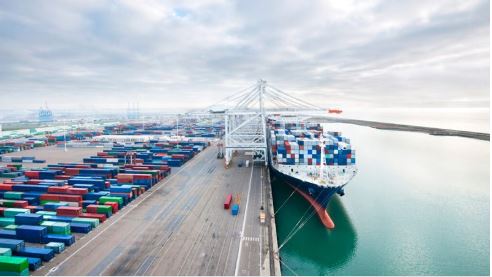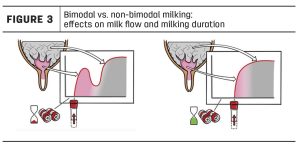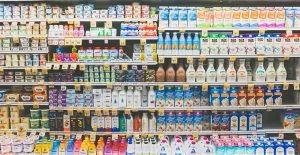
Is the United States’ dairy industry on the brink of a new golden age of dairy trade? The International Dairy Foods Association (IDFA) thinks so.
The group pointed to new data from USDA that shows U.S. dairy exports reached $8.2 billion in 2024 — marking the second-highest total ever and representing a $223 million year-over-year jump.
As with most ag exports, Mexico and Canada were the top trading partners, taking in more than 40% of U.S. dairy exports last year and setting value records at $2.47 billion and $1.14 billion respectively.
While China’s U.S. dairy imports fell to their lowest levels since 2020, Central American markets surged, with Costa Rica, Guatemala and El Salvador all hitting record import numbers.
“The U.S. dairy industry is ready to capitalize on a renewed trade agenda in 2025,” said Michael Dykes, IDFA president and CEO.
“Consumers in the United States and around the world continue to demand more U.S. dairy because we provide an assortment of delicious, nutritious and affordable dairy products. From award-winning cheeses, to high-value whey ingredients and milk powders used to make life-saving products for children and adults to safe and nutritious ESL milk, U.S. dairy is known throughout the world for quality and reliability.”
New trade opportunities needed
Dykes said the U.S. is poised to become the world’s leading supplier of dairy products thanks to the resilience and innovation of the American dairy industry. As IDFA highlighted, the U.S. dairy industry — which supports more than 3.2 million jobs in the and pumps almost $800 billion into the economy — has invested more than $8 billion in new processing capacity that will come online in the next few years.
“To do that, we need a trade agenda that prioritizes market access and ensures a level playing field,” he added.
“For too long, our exports to Canada have yet to fulfill the promises of the U.S.-Mexico-Canada Agreement (USMCA) because Canadian policies continue to prevent American exporters from filling their tariff-rate quotas.”
Dykes also noted that demand remains soft in key markets such as China and Southeast Asia, including the Philippines, Vietnam, and Malaysia, which he said shows the need for a strategic approach to trade with markets in the Asia Pacific region.
In recent testimony before the Senate Ag Committee, American Farm Bureau Federation President Zippy Duvall cited the Asian Pacific region as the biggest market that he said needs more work for expansion by U.S. ag.
After being a net importer of dairy products a decade ago, the U.S. now exports $8 billion worth of dairy products to 145 countries, and U.S. dairy exports nearly tripled since the early 2000s, with the U.S. the world’s third-largest dairy product exporter behind New Zealand and the European Union.
Today, approximately one day’s worth of milk produced on America’s dairy farms each week is exported, or roughly 18% of all production. As U.S. milk production continues to increase over the next decade, expanding markets will become even more vital to ensure the global competitiveness of the industry and to boost the American economy.
“Overall, U.S. dairy exports are performing well, but we can do more,” Dykes concluded.
“With new trade agreements that remove obstacles and increase market access, we wouldn’t just break records — we would redefine the global dairy landscape for decades to come.”
You can now read the most important #news on #eDairyNews #Whatsapp channels!!!
🇺🇸 eDairy News INGLÊS: https://whatsapp.com/channel/0029VaKsjzGDTkJyIN6hcP1K

























